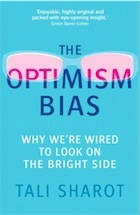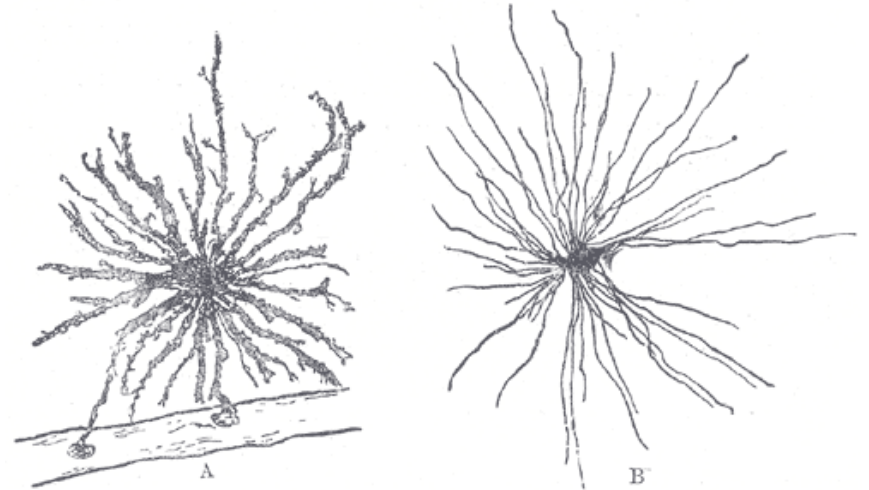Jonathan Rowson and some others at the RSA have offered up an integrally-informed (Robert Kegan version) policy statement - it's a follow-up to the recent report Beyond the Big Society.
Here is the new article.Beyond the Big Society
The idea of the Big Society is at its weakest when it is presented as a partisan technical solution to acute socio-economic problems, and at its strongest when viewed as a non-partisan long term challenge to enrich our social and human capital. At the core of this challenge are the demands we place on people when we ask them to be, for instance, responsible, autonomous, or to show greater solidarity with their fellow citizens. Such demands are grounded in implicit assumptions about human nature and adult competencies that need to be made more explicit if the Big Society is going to survive as a viable idea.
We introduce a perspective on public participation that is rarely considered by policymakers, namely mental complexity in the adult population - our varied capacity to understand competing motivations and values in ourselves and others, to ‘get things in perspective’, and to act appropriately in uncertain or ambiguous situations. Rather than theories of ‘personality’ and ‘interpersonal skills’ that only pay lip service to the complexity of human capital, we believe this perspective helps us to deepen the discussion on public participation, with greater explanatory power and clearer practical implications.
Mental Complexity and ‘The Astonishing Naivety of Policymakers’
Those who have read ‘A Guide for the Perplexed’ by E.F Schumacher (better known for Small is Beautiful) will recall his excellent analysis of what he called ‘the loss of the vertical dimension’. He feared that a purely utilitarian view of the world would strip it of reverence, and remove the path-quality of life, in which primitive life forms evolve in complexity, not only across centuries, but in the space of a single human life. He wanted to keep alive is the idea that human beings not only change, but also grow and develop in some meaningful way.
Speaking at the Davos Economic Forum in 2006, Bill Clinton made a similar point. He alluded to the importance of mental complexity when he argued that the challenge of integrating all our best ideas to solve planetary problems was that we needed a ‘higher level of consciousness’ to make sense of how they inter-relate, and he referred to the work of Ken Wilber, a major theorist on the growth of mental complexity.
And yet the danger is that theories of adult development that speak of how mental complexity develops can look like the worst kind of elitism, suggesting there is a form of hierarchy that determines our worth, and worse- that the basis of this hierarchy is obscure, and subject only to expert judgment. In the first RSA event I chaired, I asked Adam Kahane about levels of consciousness, and he reponsded that he was wary of such ideas, because the people propounding them always tended to assume they were on the higher levels.
However, perhaps the only thing worse than an elite and obscure form of hierarchy is flatland, i.e. a complete denial of a vertical dimension, for this seems to amount to a loss of aspiration for progress in our emotional and mental lives, and the development of our character and our will.
Following on from yesterday’s post on our new report on the Big Society, I wanted to share extracts from a couple of sections that I found most difficult to write. We wanted to do what we could to carefully apply the perspective of adult development to a current live issue in the hope that it would stimulate interest among people who may not otherwise come across it. (starting on p 28 of report; slightly abridged, full references can be found there, while a few links have been added here).
Beyond ‘Flatland’
While the idea that we grow in mental complexity is familiar from childhood development, and informs education policy, in adulthood policymakers typically focus on the need to acquire skills, while organisations are more likely to focus on psychometric testing, resulting in personality measures like Myers-Briggs.
Despite a considerable literature on adult development and post-formal thinking (i.e. beyond the mental development of an eighteen year old) public policy appears to operate in what the American Philosopher Ken Wilber calls ‘flatland’: the view that all adults operate at the same level of mental complexity, and differ only in horizontal skills, intelligence, knowledge and proclivities.
This distinction between horizontal and vertical dimensions of human development is important, because our argument is quite specific. We are not saying that the Big Society calls upon people to be nicer, or cleverer, or more informed, much as these things might help. Our point is that a growth in social productivity requires people to be able to disembed themselves from certain social and psychological influences that undermine autonomy, responsibility and solidarity, so that they can relate to those influences more flexibly and constructively.We are not saying that the Big Society calls upon people to be nicer, or cleverer, or more informed, much as these things might help. Our point is that a growth in social productivity requires people to be able to disembed themselves from certain social and psychological influences that undermine autonomy, responsibility and solidarity, so that they can relate to those influences more flexibly and constructively.
This kind of growth is ‘vertical’ in the sense that it changes how we know the world rather than ‘horizontal’ in the sense of changing what we know about the world. And such vertical growth is progressive in the sense that it transcends and includes our prior ways of knowing the world. Moreover, such models of mental complexity are theoretically highly developed, and amenable to empirical measurement.
In light of the explanatory power of this perspective, when policy makers try to change behaviour through incentive structures, environmental influences and choice architectures, they show, as Kegan puts it, “an astonishingly naïve sense of how important a factor is the level of mental complexity”.The use of ‘astonishing’ is worth emphasising. In a context where ‘people’ are presented as the solution rather than the problem, mental complexity is perhaps the single most important variable to understand, and is required to inform how people are likely to respond to the behavioural demands of the Big Society agenda.
In light of the explanatory power of this perspective, when policy makers try to change behaviour through incentive structures, environmental influences and choice architectures, they show, as Kegan puts it, “an astonishingly naïve sense of how important a factor is the level of mental complexity”.
Kegan’s emphasis on the importance of mental complexity has parallels with the method of psychographic segmentation known as ‘Values Modes’ derived from Abraham Maslow’s hierarchy of needs, in which we move from subsistence to social to existential needs. Values are viewed as motivational constructs that underpin emotions, perceptions and behaviours, so they provide good proxy measures for mental complexity, which is useful because data on values is relatively easy to collect. This kind of progression in values has parallels with Kegan’s theory of development, and although the underlying mechanism of change is different, both models highlight that the range of values that gives rise to this segmentation is not ‘flat’.
(…) See report for relationship between mental complexity and values modes(…)
Fear of Hierarchy
The neglect of this kind of perspective may be because it is an uncomfortable notion for a liberal democracy. Developmental differences represents a form of hierarchy, and, at first blush, appears to raise similar political issues to IQ scores. This is a valid objection, but is attenuated by at least four factors.
First, In Kegan’s model in particular measures of development are complex constructs based on qualitative data, not psychometric measures producing single composite scores that can be readily compared.
Second, unlike traditional views of IQ, levels of mental complexity are not static and evolve in relation to challenges within one’s lifespan.
Third, more complex does not necessarily mean ‘better’. An adult’s mind is not necessarily better than a child’s, but it is typically more developed. The values of security and belonging are not less important than the values of self-efficacy and personal development, indeed they may be necessary conditions for them to arise.
Kegan uses the example of a driver who can only drive an automatic not being a worse driver than one who can drive both an automatic and a manual car. This difference is one of ‘fit’ rather than skill, and will only be felt in situations where there are no automatics available. The hierarchy in question is about one relatively basic way of knowing giving rise to and growing into another that is relatively complex, not about something better subsuming something worse in absolute terms.
Even with those three points in mind, the root metaphor of higher as better is difficult to shake. The fourth point is therefore important, and particularly relevant in the context of the Big Society. Simply stated, according to Kegan, more than half of the adult population (c. 58%) share a broadly similar level of mental complexity (‘the socialised mind’- see below). This large group therefore experience similar challenges in the mismatch between the cultural demands and their capacity to fully address them. Moreover, it makes it more credible to say that developing mental complexity in the general population is a viable public goal.”
Thanks for reading this far. Does this make sense? Is it still a bit scary?














